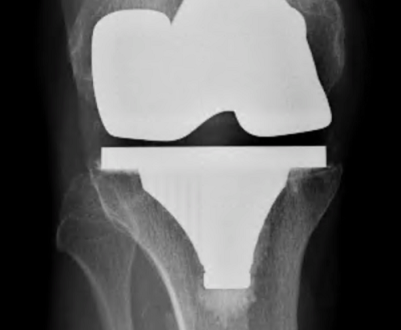What is Patellar Resurfacing?
Patellar resurfacing is a controversial and unsolved issue. The decision to use patellar resurfacing in a total knee prosthesis (TKP) is made based on the surgeon’s level of experience and an evaluation of the patient’s condition, including the thickness, shape, and consumption of the surface. In addition to this, he evaluates the metabolic state of the bone, which is linked to osteoporosis, as well as the possible fragility of the joint, and the kneecap in particular. Bone loss following total knee arthroplasty (TKP) frequently results in periprosthetic fractures, which are linked to substantial costs (morbidity, economic, etc.) and present a challenge for operative fixation.
Patella resurfacing is a procedure that is frequently performed during knee replacement surgery to remove the undersurface of the kneecap and replace it with a plastic surface. Patellar resurfacing is inconsistently used in primary total knee replacements, according to current clinical practice.
Patellar Resurfacing Surgery
There is considerable controversy regarding patellar handling in complete knee prostheses (TKP). Some doctors favor patellar resurfacing (PR) over non-resurfacing (NR) prostheses because it decreases the number of necessary revisions and other procedures and the prevalence of anterior knee pain. Other surgeons don’t use the prosthesis because it is associated with a higher risk of fractures, tendon damage, and secondary instability, all of which can be fatal. As a result, Patellar Resurfacing is not a simple surgical decision; rather, it is determined by the indication, the technique, the expected result, and currently the potential legal medical judgment.
Patellar Resurfacing Procedure
There is strong evidence that total knee replacements last for at least 15 years. However, knee function and implant survival are two completely different things. However, despite the implant, many people with total knee replacement continue to experience pain and limited mobility.
Surgeons are currently investigating the factors that contribute to this issue and looking into ways to enhance the outcomes. Resurfacing the patella (knee cap) during knee replacement surgery is one of those methods.
The patella is resurfaced when the cartilage and bone along its back are shaved and smoothed. The area is then covered with an implant, which can be made of metallic, polyethylene (plastic), or a combination of the two. Many surgeons choose all-polyethylene backing since studies indicate that it is associated with fewer issues.
Patellar Resurfacing Technique
In total knee arthroplasty, the patella can be resurfaced using two distinct techniques. Patellar components that are inset and onlay present different surgical options and potential difficulties. Neither of these approaches has demonstrated any clear advantages. Onlay patellar components are often fixed using cement, but there are also effective cementless porous-coated designs. Although one approach is not preferable over the other, there have been complaints of breakage with three pegs. To avoid peg fracture from repetitive shear stress, these components must be designed and made properly. The most important factor in the efficacy of patellar resurfacing in total knee arthroplasty is likely the surgeon’s attention to detail.
Patellar Resurfacing Recovery Time
Patients who have undergone either patella resurfacing or non-resurfacing procedures have reported experiencing similar outcomes. In contrast to non-resurfacing, patella resurfacing is more affordable and is linked to a decreased rate of reoperation. The recovery period for patellar resurfacing surgery is unknown.
 Health & Care Information
Health & Care Information 


